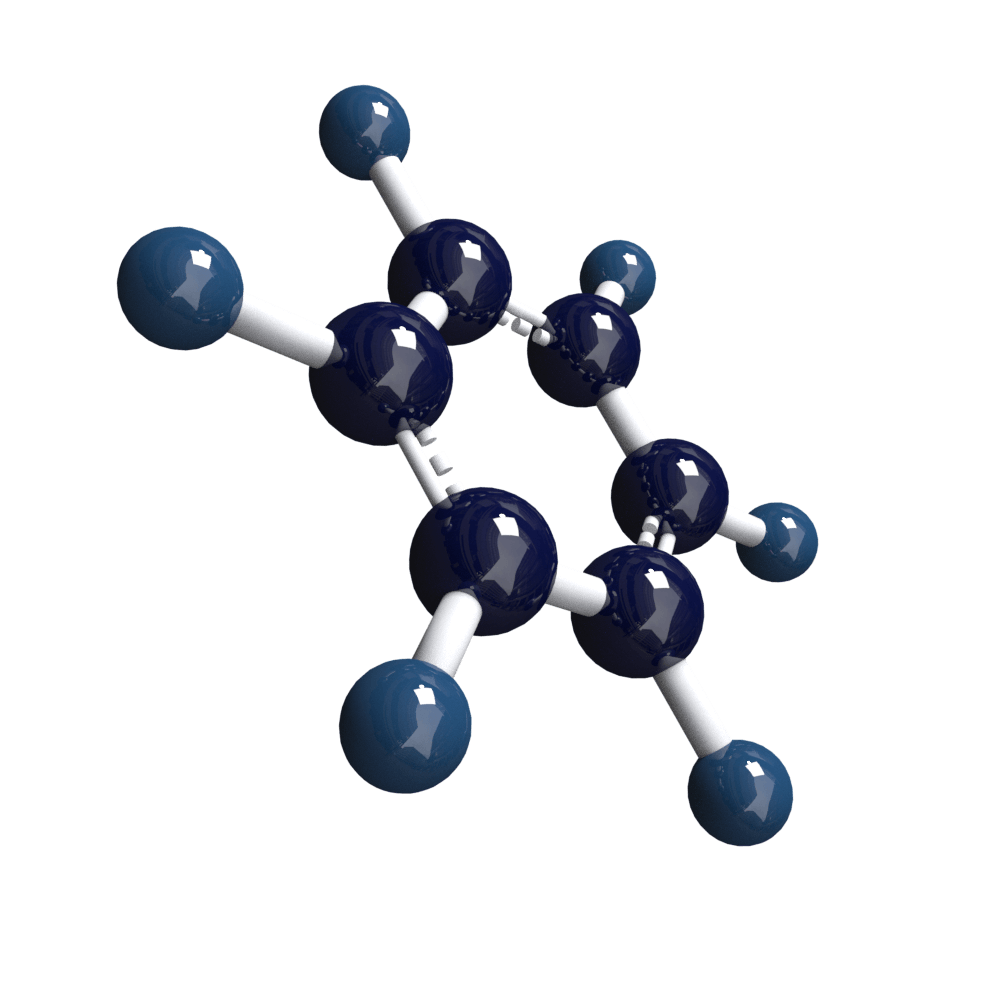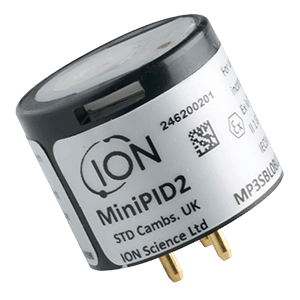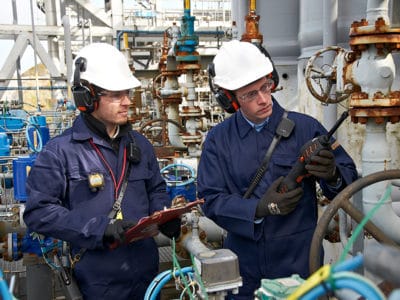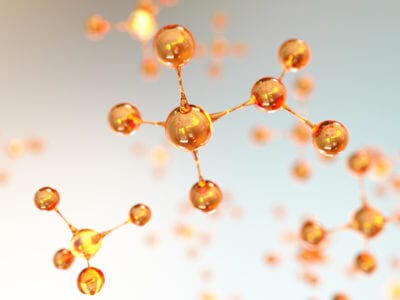ION Science offer four bespoke MiniPID 2 sensors with a 10.0 eV detection capability for instruments, purpose-built to deliver rapid and highly precise benzene detection. These sensors are particularly effective even in the most demanding and challenging environmental conditions. Featuring cutting-edge, high-brightness lamps, the sensors ensure consistent and dependable long-term detection of volatile organic compounds (VOCs), including benzene. Furthermore, these advanced sensors incorporate ION Science’s patented Fence Electrode Technology, enhancing the sensors’ stability and performance over extended periods, guaranteeing reliable and accurate readings throughout their usage.
DETECTING BENZENE
Benzene
Formula: C6H6 | CAS: 71-43-2

Benzene detection
From a chronic health perspective, the World Health Organization (WHO) and the International Agency for Research on Cancer (IARC) classify benzene as a group one carcinogen. Prolonged exposure to high concentrations of benzene causes leukaemia, and also impacts red and white blood cells in the body.
Benzene is a major constituent of crude oil, an excellent fuel and solvent and a precursor used in the manufacture of many chemicals, particularly upon reaction to form cyclohexane, ethyl benzene and cumene.

The ION Science Solution
From a chronic health perspective, the World Health Organization (WHO) and the International Agency for Research on Cancer (IARC) classify benzene as a group one carcinogen. Prolonged exposure to high concentrations of benzene causes leukaemia, and also impacts red and white blood cells in the body.
Benzene is a major constituent of crude oil, an excellent fuel and solvent and a precursor used in the manufacture of many chemicals, particularly upon reaction to form cyclohexane, ethyl benzene and cumene.
-
Titan 2

Titan 2 offers a world leading solution for the detection of benzene, providing precise detection at levels as low as 0.02 ppm (20 ppb) and as high as 20 ppm, exhibiting unrivalled accuracy and sensitivity in benzene detection. Building on the success of its predecessor, the Titan, the Titan 2 features continuous, real-time measurement allowing trends to be monitored over time, and communicated via 4-20 mA or RS485. -
Tiger XT Select

Tiger XT Select offers fast and precise benzene detection, with outstanding resistance to humidity and contamination, capable of detecting down to part-per-billion levels. This portable benzene PID gas detector delivers reliable, trustworthy data, displaying real-time readings that accurately reflect the concentration of benzene present. -
Cub TAC
 Cub TAC 10.0eV personal total aromatic compound (TAC)gas monitor has a dynamic detection range of 0 to 5000 parts-per-million (ppm), with market-leading part-per-billion (ppb) sensitivity. For fast, accurate detection of TACS, Cub TAC is the premium choice for safety within working environments.
Cub TAC 10.0eV personal total aromatic compound (TAC)gas monitor has a dynamic detection range of 0 to 5000 parts-per-million (ppm), with market-leading part-per-billion (ppb) sensitivity. For fast, accurate detection of TACS, Cub TAC is the premium choice for safety within working environments. -
Falco TAC

Falco TAC is part of the latest generation of fixed VOC detectors that can continuously monitor Total Aromatic Compounds (TAC) using patented photoionisation detection (PID) technology. Falco TAC eliminates false readings found in other PID technology. It also has an intrinsically-safe sensor for quick and easy servicing without the need for a hot work permit.
Related Guides
For more information on Benzene, ION Science have developed several insightful and educational guides which can be explored below.
Contact Us
Have a question about benzene monitoring which you don’t see here? Get in touch with us using the form below!














 United Kingdom
United Kingdom






